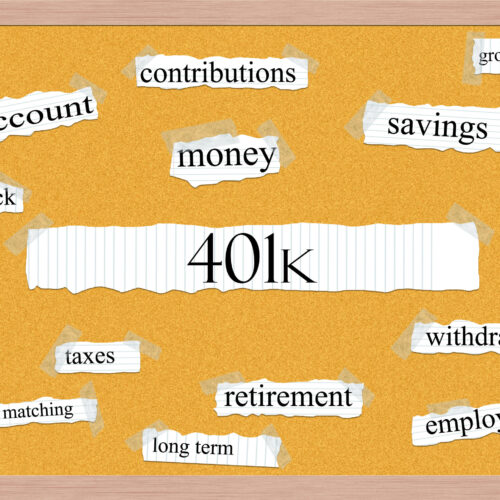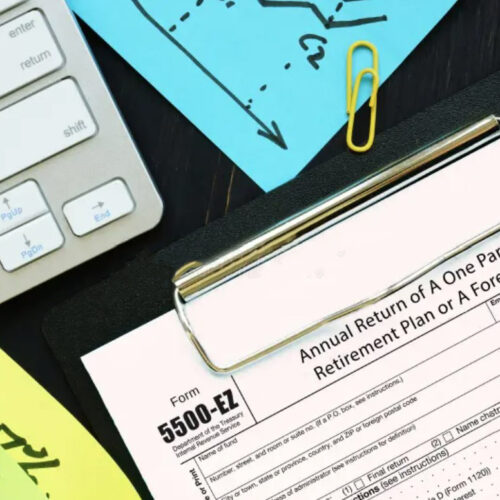Nondiscriminatory testing is often performed on behalf of plan sponsors by the record-keeper or a third-party administrator (TPA). However, it is vital that plan sponsors understand the basics of the testing. For example, what types of contributions are tested, how the test is conducted and what happens when a plan fails.
Every year, the Employee Retirement Income Security Act (ERISA) requires testing of 401(k) plans to ensure there is no discrimination, which favors highly compensated employees (HCE) over others (NHCE). The IRS defines highly compensated employees as someone who:
- Received $125,000 or more in compensation from the employer that sponsors his or her 401(k) plan in the previous year. For 2020, the compensation must be greater than $130,000.
- Owns more than 5% of the interest in the business sponsoring the plan at any point during the last year, regardless of compensation.
The 1, 2, 3’s of Nondiscriminatory Testing
Number 1: Ensure there is broad coverage of employees; those compose the 410(b) coverage test.
Number 2: Review benefits, rights and features of the plan. This is tested by the ADP and ACP tests.
Actual deferral percentage (or, ADP) compares the average of salary deferral percentages for HCEs with the average of salary deferral percentages for NHCEs and includes both pre-tax and Roth elective deferrals.
This incentivizes employers to encourage all employees to benefit from the 401(k) by electing to contribute to the plan. The most common incentive is to provide for matching contributions.
The actual contribution percentage (ACP) test compares the average of the percentage of matching contributions and after-tax employee contributions for HCEs versus NHCEs. The ACP makes sure employees across the entire income spectrum participate.
Number 3: Ensure the 401(k) plan is not top-heavy and reviews the overall benefits accumulated by key employees, who are any employee (including former or deceased employees), who at any time during the plan year was:
- An officer making over $185,000 for 2020; ($180,000 for 2019, $175,000 for 2018, and $170,000 for 2015 through 2017);
- A 5% owner of the business (a 5% owner is someone who owns more than 5% of the business), or
- An employee owning more than 1% of the business and making over $150,000 for the plan year.
Testing
The coverage test looks at the percentage of eligible HCEs who are benefitting from the plan and compares that with the percentage of eligible NHCEs who are benefitting from the plan. The goal is to ensure the ratio of NHCEs to HCEs benefitting from the plan is above the threshold. If not, the test looks at the average benefit of the NHCEs compared with the average benefit of the HCEs.
Resolutions for Failing
If the 410(b) coverage test fails, the plan must be brought into compliance retroactively by either (1) extending coverage to a broader group of NHCEs, or (2) by modifying contribution allocations or benefit accruals.
According to the Employee Benefit Research Institute, if the sponsor fails to bring the plan into compliance—i.e., leaving uncorrected the failed test—HCEs must report as income their vested accrued benefit that was not previously reported as income on their income tax returns.
The IRS offers two methods for correcting a failed ADP or ACP test. You can find detailed information for resolving failed tests on irs.gov.






